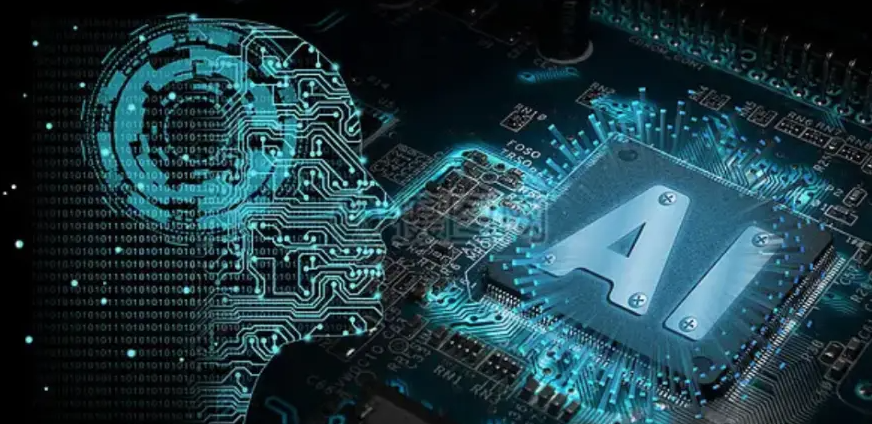Today we are going to talk about a super cool topic: computer vision algorithms, especially its application in facial recognition. Have you ever wondered what is really going on when you unlock your phone with your face? As a veteran who has worked in the field of computer vision for several years, I can tell you that there is a lot of knowledge involved!

First, we need to understand how computers "see" images. To computers, a picture is just a bunch of numbers. Remember how I felt when I first learned image processing? It was like suddenly entering a wonderful world of 0s and 1s!
Before recognizing a face, the computer needs to extract key features from the image. It's like when you look for a friend in a crowd, you pay attention to his hairstyle, the shape of his eyes, and other features. The same is true for computers, except that it looks at pixels and mathematical features.
When it comes to face detection, we have to mention the Viola-Jones algorithm. Although this algorithm is a few years old, its ideas still influence this field. I remember the excitement when I first implemented this algorithm and saw that the computer could quickly frame all the faces in the photo!
Now, deep learning methods are shining in face detection. These algorithms are like giving computers a pair of "smart eyes" to accurately locate faces in various complex environments. I once helped develop a system that could detect all faces in real time in a crowded street surveillance video. It felt like watching a science fiction movie!
Early facial recognition systems mainly relied on geometric features of the face, such as the distance between the eyes and the length of the nose. It was like drawing a unique "map" for each person's face.
Nowadays, deep learning networks (such as CNN) can automatically learn to extract the most effective facial features. These features may be difficult for us humans to understand, but for AI, they are the most accurate way to identify a person. Every time I see these AI-extracted feature maps, I sigh: So this is what our faces look like in the eyes of AI!
PCA (Principal Component Analysis) and LDA (Linear Discriminant Analysis) are classic facial recognition methods. They are like a unique "password" for each person's face. I still remember the first time I implemented the PCA algorithm in school and saw my face converted into a string of numbers. The magical feeling is still unforgettable.
Most modern facial recognition systems use deep learning methods, such as FaceNet and DeepFace. The accuracy of these methods has surpassed that of humans. Once at a technology show, I saw a system find my photo from millions of photos in a few seconds. I was stunned!
Facial key point location is an important step in the recognition process. It is like putting small stickers all over your face, marking the position of eyes, nose, mouth, etc. Modern algorithms can accurately locate these points in various postures, even if you tilt your head and close your eyes.
The latest technology can even reconstruct a 3D facial model from a 2D image. It's like making a digital sculpture of your face. With this technology, the system can accurately identify you even if only half of your face is exposed.
In order to make facial recognition technology run on mobile devices such as mobile phones, researchers have come up with various model compression methods. It's like putting an elephant in a refrigerator. It sounds impossible, but AI engineers have it!
Edge computing technology allows facial recognition to be performed directly on the device without uploading the data to the cloud. This not only speeds up the recognition process, but also better protects user privacy. Think about it, your facial data will never leave your phone, don't you feel more at ease?
The latest research direction is to let AI improve its recognition ability through self-supervised learning. It's like giving AI a magic mirror, it can constantly observe, learn, and become smarter and smarter.
Future recognition systems may combine multiple features such as face, voice, gait, etc. It's like AI not only recognizes your face, but also your voice and even the way you walk. Imagine that in the future, when you walk into your house, the house will automatically recognize that you are back, and then play your favorite music for you and adjust it to the most comfortable temperature. Isn't this a beautiful picture?
Computer vision algorithms, especially in the field of facial recognition, are developing at an astonishing rate. It not only makes our lives more convenient and safer, but also opens a new era of human-computer interaction.
As someone who works in this field, I am excited about these advances every day. At the same time, I am also aware of the responsibilities that come with technological development. We need to consider privacy protection and ethical issues while promoting technological innovation.
Well, I hope this article will give you a deeper understanding of computer vision algorithms and facial recognition technology. If you have any ideas or experiences, please share them in the comment area! See you next time!